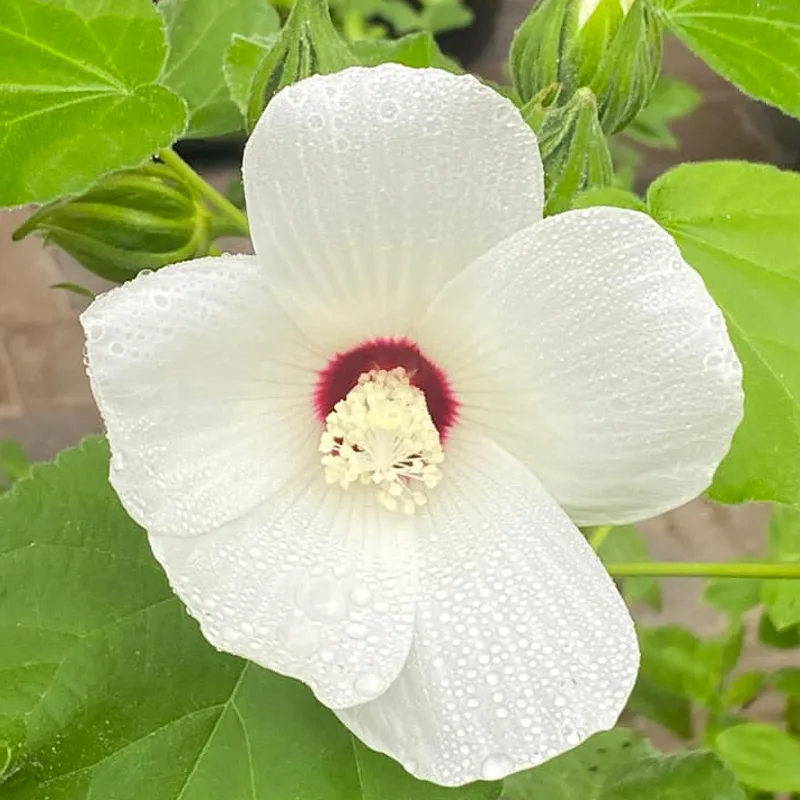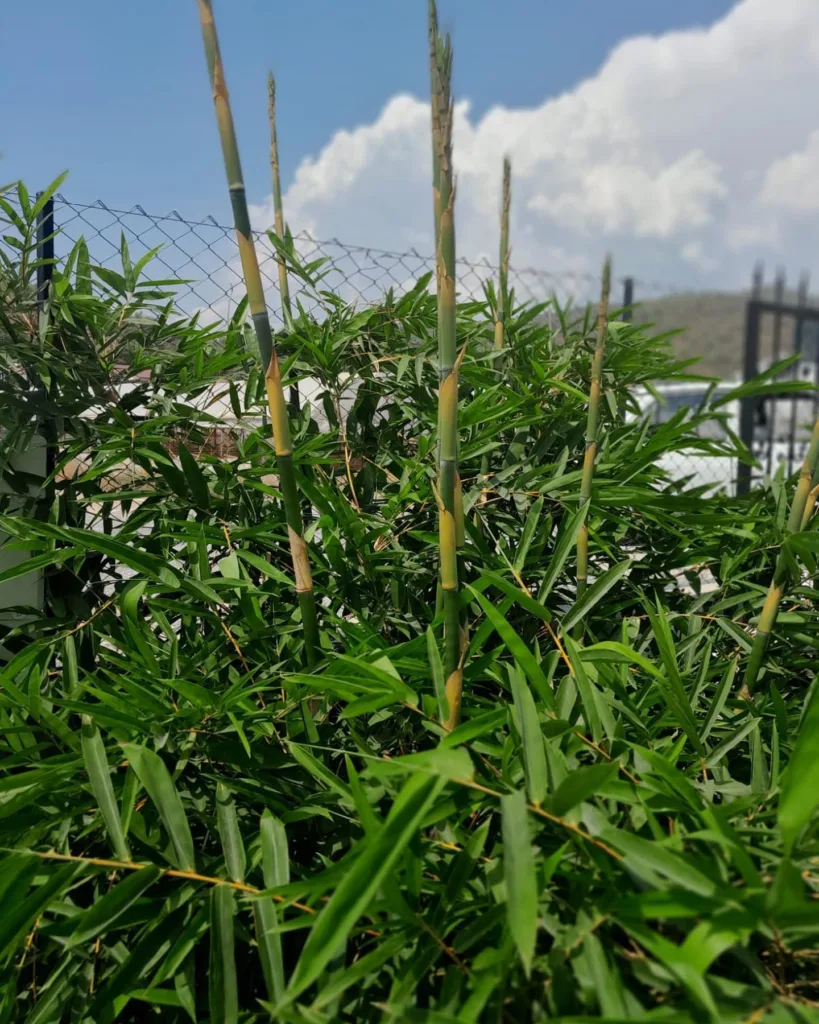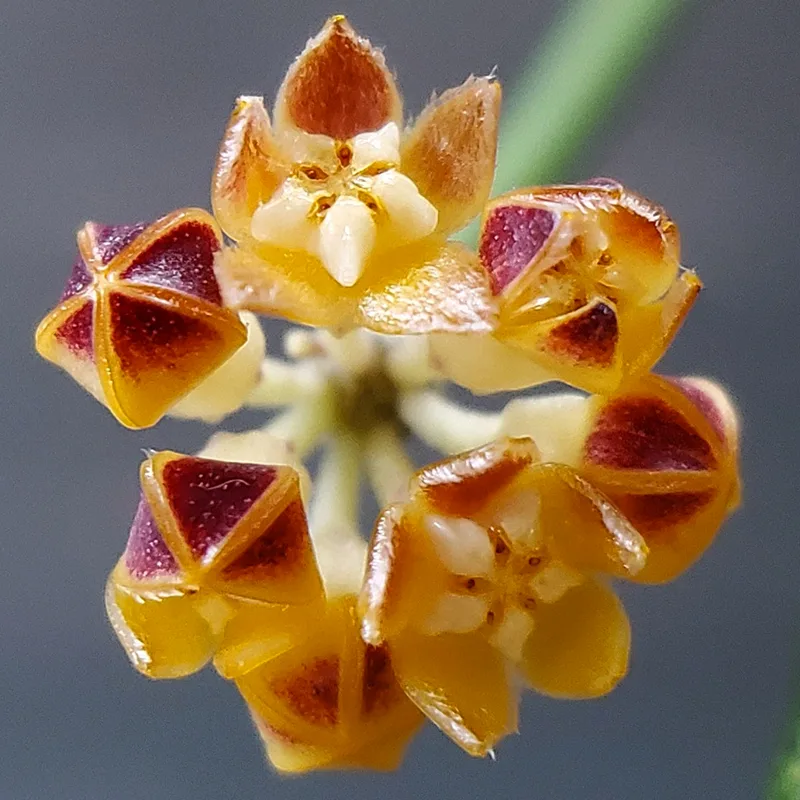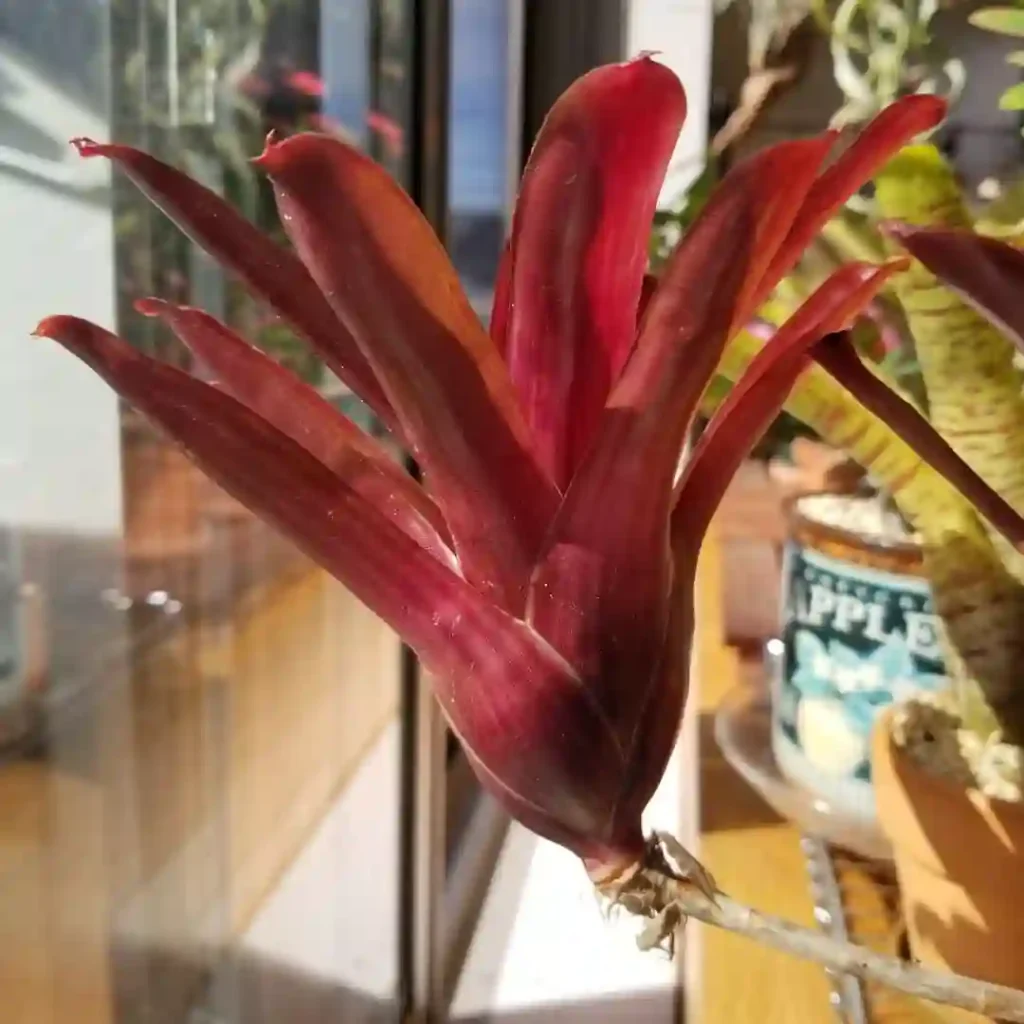My Fascination with Zamiaceae
Zamiaceae, a family of ancient plants often referred to as cycads, has always held a special allure for me, Ferb Vu. Their prehistoric appearance, reminiscent of a time when dinosaurs roamed the Earth, sparks a sense of wonder and curiosity. As a plant enthusiast, I’m drawn to their unique characteristics and the ecological role they play. Let me share my insights into this captivating plant family.
Unveiling Zamiaceae: An Overview
Zamiaceae is a family of gymnosperms, meaning they produce seeds that are not enclosed within an ovary. They are cone-bearing plants, characterized by their stout, woody trunks and a crown of large, evergreen, pinnate leaves. Cycads are dioecious, meaning they have separate male and female plants. The male plants produce pollen cones, while the female plants bear seed cones.
A Journey Through Time: The Evolutionary History of Zamiaceae
Zamiaceae boasts a remarkable evolutionary history. They are considered “living fossils,” with their origins tracing back to the Permian period, over 250 million years ago. During the Mesozoic era, often dubbed the “Age of Cycads,” they thrived and diversified, forming a dominant part of the Earth’s flora. Although their diversity has declined since then, they continue to persist in various parts of the world, serving as a testament to their resilience and adaptability.
Zamiaceae: A Global Presence
Zamiaceae enjoys a widespread distribution across tropical and subtropical regions. They are found in diverse habitats, including rainforests, savannas, and even arid deserts. While their greatest diversity is concentrated in the Americas, they also occur in Africa, Australia, and Asia. This global presence underscores their ecological significance and ability to thrive in a wide range of environmental conditions.
The Genera of Zamiaceae: A Rich Tapestry of Diversity
Zamiaceae encompasses a diverse array of genera, each with its own unique characteristics and distribution:
- Zamia: This genus, comprising over 80 species, is the most diverse within Zamiaceae. They are primarily found in the Americas, ranging from the southeastern United States to South America. Zamia plants exhibit a wide range of leaf forms and growth habits, adding to their botanical appeal. – 86 Species in Genus Zamia
- Ceratozamia: Native to Mexico and Central America, Ceratozamia is known for its distinctive horned cones. These cycads often inhabit mountainous regions, showcasing their adaptability to challenging environments.
- Dioon: Endemic to Mexico, Dioon cycads are characterized by their tall, columnar trunks and long, arching leaves. They play a crucial role in the ecosystems they inhabit, providing food and shelter for various animals.
- Encephalartos: This genus, comprising over 60 species, is primarily found in Africa. Encephalartos cycads are highly prized for their ornamental value and are often cultivated in botanical gardens and private collections.
- Macrozamia: Native to Australia, Macrozamia is the most diverse cycad genus in that continent. These plants exhibit a remarkable range of growth forms, from small, subterranean species to towering giants.
- Microcycas: Endemic to Cuba, Microcycas is a monotypic genus, meaning it consists of only one species. This rare cycad is considered critically endangered due to habitat loss and over-collection.
- Bowenia Hook.
- Lepidozamia Regel
- Stangeria T.Moore
Ecological Importance of Zamiaceae
Zamiaceae plays a vital role in the ecosystems they inhabit. Their large seeds serve as a food source for various animals, including birds, rodents, and even some primates. Cycads also provide shelter and nesting sites for numerous creatures. Moreover, their roots form symbiotic associations with nitrogen-fixing bacteria, enriching the soil and contributing to nutrient cycling.
Conservation Concerns and Efforts
Despite their resilience, Zamiaceae faces numerous conservation challenges. Habitat destruction, over-collection for the horticultural trade, and climate change pose significant threats to their survival. Many cycad species are listed as endangered or critically endangered by the International Union for Conservation of Nature (IUCN).
Conservation efforts are underway to protect and preserve these ancient plants. These include establishing protected areas, promoting sustainable harvesting practices, and conducting research to better understand their biology and ecology. Ex-situ conservation measures, such as seed banking and cultivation in botanical gardens, also play a crucial role in safeguarding their genetic diversity.
Zamiaceae: A Source of Inspiration and Wonder
Zamiaceae continues to captivate me with its timeless beauty and ecological significance. These ancient plants serve as a reminder of the Earth’s rich evolutionary history and the interconnectedness of all living things. As we navigate the challenges of the Anthropocene, it is imperative that we protect and conserve these remarkable organisms for future generations to appreciate and admire.
In conclusion, Zamiaceae, the family of cycads, is a testament to the resilience and adaptability of life on Earth. Their unique characteristics, ecological importance, and conservation concerns make them a subject of fascination and study. As a plant enthusiast, I’m committed to raising awareness about these ancient plants and contributing to their preservation. Let us all join hands in safeguarding these living treasures for the benefit of our planet and future generations.
If i die, water my plants!



